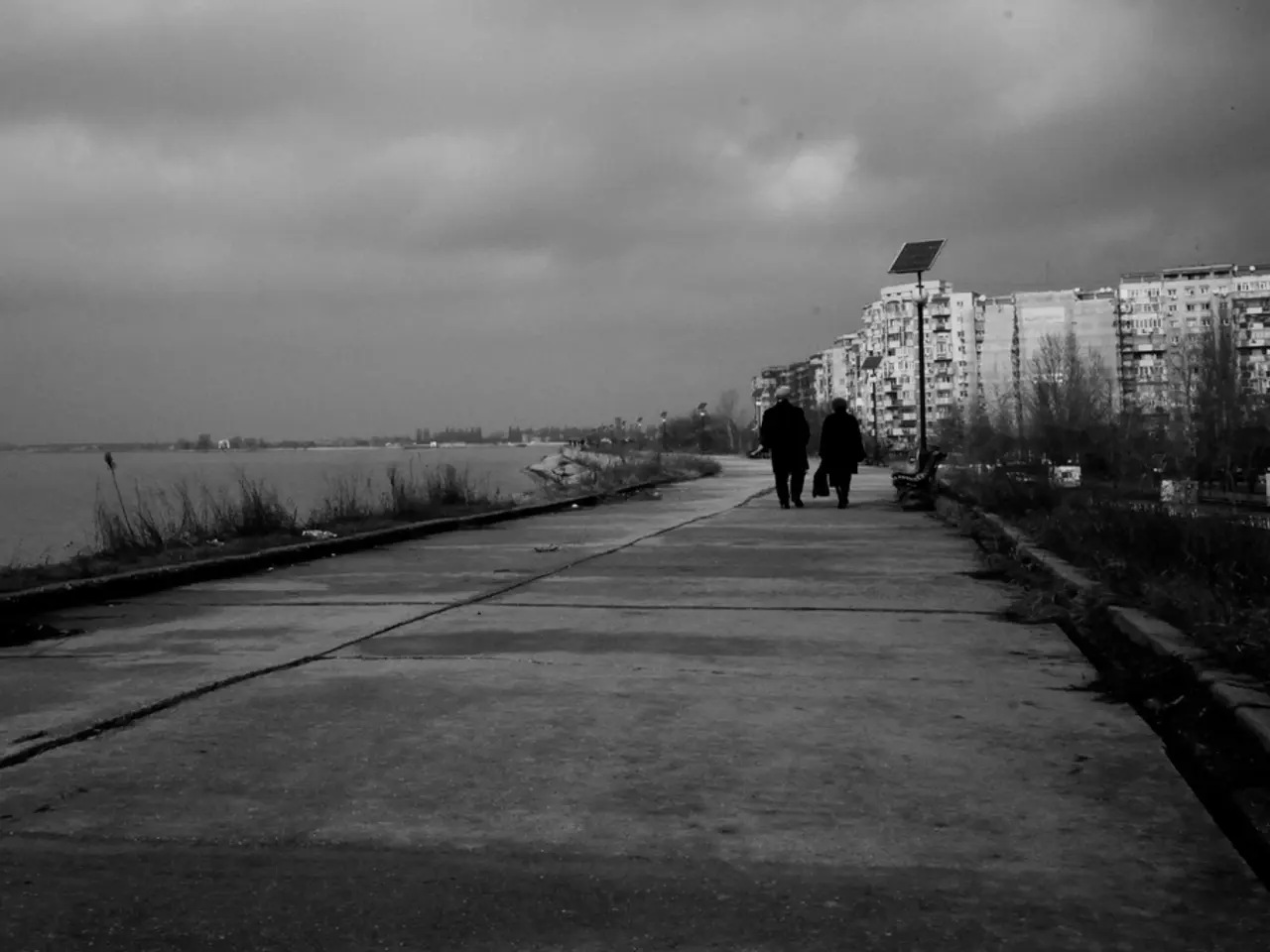NREL Study Warns of Underestimated UV Risks in N-Type Solar Modules
A study by the U.S. National Renewable Energy Laboratory (NREL) has revealed that current international standards may not adequately assess UV-induced degradation risks in photovoltaic (PV) systems using n-type solar modules. The research, published in 'Progress in Photovoltaics', found that severe power loss can occur even in modules with zinc in metallization paste.
The study analysed n-type, passivated emitter rear totally diffused (PERT) modules from an unspecified manufacturer in a 3 MW commercial rooftop PV system in the U.S. The system showed approximately 2.4% annual degradation due to damp heat stress after UV exposure. Notably, UV exposure beyond the IEC 61215-2 MQT10 standard (15 kWh/m, 280-400 nm) was required to cause measurable power loss.
Researchers found that UV-induced degradation (UVID) losses were due to cell surface recombination losses and lack of zinc in metallization paste. The current IEC standards, established by the International Electrotechnical Commission (IEC), might not accurately assess these long-term UV effects on PV modules, suggesting the need for enhanced international standards.
The study, titled 'UV + Damp Heat Induced Power Losses in Fielded Utility N-Type Si PV Modules', highlights the potential underestimation of UV-induced degradation risks in n-type solar modules by current IEC standards. Further research is needed to develop more robust international standards for assessing these risks in PV systems.
Read also:
- Bishkek: A Time-Capsule City of Soviet Statues and Architecture
- Tata Motors Establishes 25,000 Electric Vehicle Charging Stations Nationwide in India
- Tesla's Nevada workforce has escalated to a daily output of 1,000 Powerwall units.
- AI-Enhanced Battery-Swapping Station in Southeast Asia Officially Opens Its Doors








